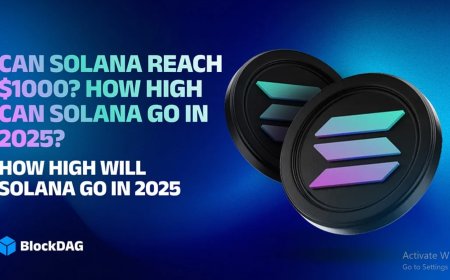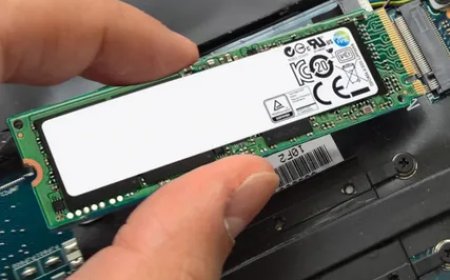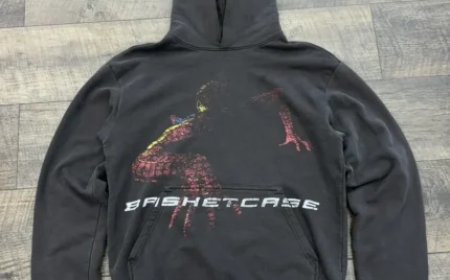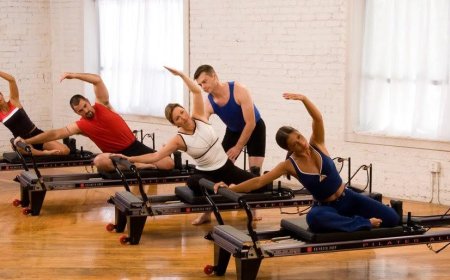The Rise of Bapesta: A Sneaker Icon from Tokyo to the World
BAPESTA Shoes For Men Women from A BATHING APE Get the Amazing BAPE Shoes collections Fast Shipping with a great Discount
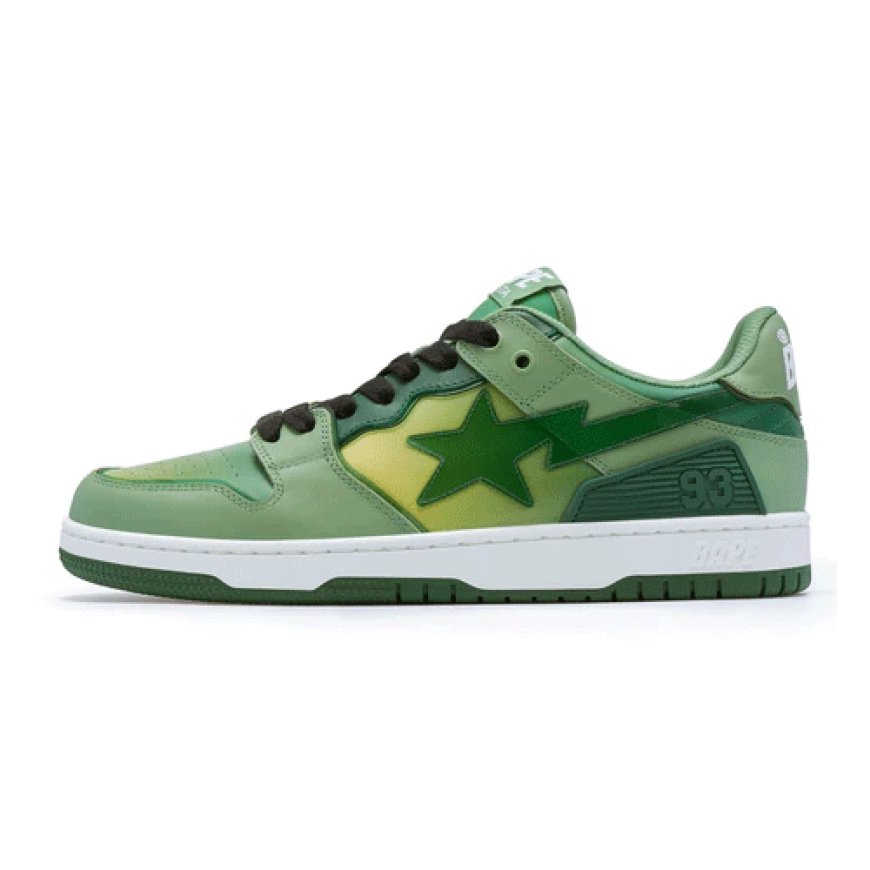
In the vibrant intersection of fashion and culture, few sneakers command as much attention and intrigue as the Bapesta. Bold, rebellious, and unmistakably iconic, this Japanese creation has become more than just a shoeits a symbol of streetwear prestige. With roots deeply embedded in Tokyo's Harajuku scene and branches reaching global streetwear capitals, the Bapesta has transformed from a niche sneaker into a cultural milestone.
Whether you're a seasoned sneakerhead or a newcomer to the scene, understanding the story behind the Bapesta unveils not only the evolution of footwear design but also the powerful influence of Japanese fashion on global trends.
The Origins of Bapesta: A Bathing Ape's Footprint
To understand the Bapesta, you first need to know its creator: A Bathing Ape, often abbreviated as BAPE. Founded by Nigo in 1993, BAPE emerged during a time when Tokyos underground fashion was bubbling with innovation. Inspired by American pop culture, hip-hop, and vintage design, Nigo envisioned a brand that blended Eastern minimalism with Western flash.
By the early 2000s, BAPE was becoming a force in streetwear. While its graphic tees and camo hoodies turned heads, it was the release of the Bapesta in 2002 that truly catapulted the brand into global consciousness. It was daring. It was flashy. And most importantlyit was familiar.
A Familiar Shape with a New Soul
At first glance, the Bapesta resembled the Nike Air Force 1. The similarities were impossible to ignore: the chunky sole, leather construction, and silhouette were almost identical. But instead of Nikes swoosh, the Bapesta featured a lightning star logonow famously known as the "STA." The branding swap was subtle yet bold, reflecting BAPEs talent for remixing streetwear staples with a distinctly Japanese twist.
Far from being a copycat, the Bapesta represented a cultural conversation. It was a homage and a rebellion. In Tokyo, where American sneakers were coveted but expensive, the Bapesta offered a homegrown alternative with more flavor. Patent leather in loud, glossy colors? Check. Contrasting palettes that turned heads? Definitely. This wasnt just a sneakerit was a fashion statement.
Bapesta and the Hip-Hop Connection
What truly propelled the Bapesta into the sneaker hall of fame was its deep entanglement with hip-hop culture. The early 2000s saw major American rappers embracing Japanese fashion. Nigos friendship with Pharrell Williams and collaborations with Kanye West gave BAPE significant exposure in the US market. Suddenly, the Bapesta was being worn in music videos, concerts, and red carpets.
Pharrell and Kanye didnt just wear Bapestasthey championed them. Pharrell even co-founded Billionaire Boys Club (BBC) with Nigo, further merging streetwear, music, and art. The cultural capital of the Bapesta soared. For many fans, owning a pair wasnt just about styleit was about identity and belonging to a global creative tribe.
The Design Philosophy: Loud, Luxurious, and Limited
Part of the Bapestas magic lies in its design philosophy. While traditional sneaker brands focused on sports performance or minimalist aesthetics, the Bapesta was unapologetically loud. Patent leather finishes in neon greens, hot pinks, and deep purples made each release stand out. Some drops even featured cartoon characters, exotic prints, and rare camo patterns.
Limited releases were another reason behind the Bapestas cult status. Like much of Japanese streetwear, BAPE thrived on scarcity and exclusivity. Getting your hands on a pair wasnt just about moneyit required timing, knowledge, and often connections. That sense of rarity made each pair feel like a personal trophy.
Bapestas Evolution and Collaborations
Over the years, the Bapesta has seen several reinventions. While the original models stayed true to their chunky form, newer editions introduced sleeker silhouettes and updated materials. BAPE also leaned into collaborations, which helped the brand evolve with changing trends.
Collaborations with brands like Adidas, Reebok, and even Coach allowed BAPE to expand its reach while maintaining its distinct visual identity. In the sneaker world, where hype often dictates value, these collabs helped keep the Bapesta in the conversation year after year.
Some of the most memorable collaborations have involved artists and franchises. From Marvel superheroes to SpongeBob SquarePants, the Bapesta has been a canvas for pop culture crossovers. Each limited-edition drop adds another layer to the Bapestas already complex legacy.
Bapesta Today: Still Relevant in a Changing Market
In a sneaker culture that moves at lightning speed, staying relevant is no small feat. Yet the Bapesta has managed to maintain its aura of cool over two decades. This is partly due to BAPEs ability to adapt without compromising its DNA.
The recent resurgence of Y2K aesthetics has also played in Bapestas favor. Gen Z sneakerheads, who missed its original rise, are now rediscovering the silhouette through a nostalgic lens. Social media platforms, especially Instagram and TikTok, are flooded with styling videos and vintage hauls that prominently feature Bapestas.
Even as new players enter the sneaker scene, the Bapesta remains a mainstay. It offers a unique combination of retro appeal and modern flairsomething that few sneakers can achieve.
Styling the Bapesta: Fashion Tips for a Statement Shoe
If you're planning to step into a pair of Bapestas, be ready to stand out. These sneakers arent subtlethey demand attention. But that doesnt mean theyre hard to style. On the contrary, their boldness allows for both high fashion and laid-back streetwear combinations.
Pair your Bapestas with slim-fit denim and a graphic tee for a classic street look. Want something more elevated? Match them with oversized trousers and a monochrome hoodie to let the shoes do the talking. Women can rock them with oversized blazers or even skirts for a fusion of edgy and chic. The key is balancelet the Bapesta shine while keeping the rest of the outfit simple.
The Investment Angle: Are Bapestas Worth It?
For many sneaker enthusiasts, the question isnt just about style but also about value. Are Bapestas worth the investment? In terms of cultural cachet and limited-edition appeal, absolutely. While not all models skyrocket in resale value, special editions and collaborations often appreciate over time.
More importantly, owning a pair of Bapestas means owning a piece of fashion history. Its a nod to the early days of streetwear globalization, the fusion of East and West, and the enduring impact of music on fashion trends.
Final Thoughts: More Than Just a Sneaker
The Bapesta is more than leather and lacesits a legacy. Born in Japan, raised by hip-hop, and immortalized by streetwear enthusiasts around the world, this sneaker continues to inspire. Its fearless design, rich backstory, and cultural relevance make it a must-have for anyone serious about fashion or sneaker culture.
As streetwear continues to evolve, the Bapesta stands as a reminder of what happens when bold creativity meets cultural zeitgeist. Its not just a shoeits a statement.







